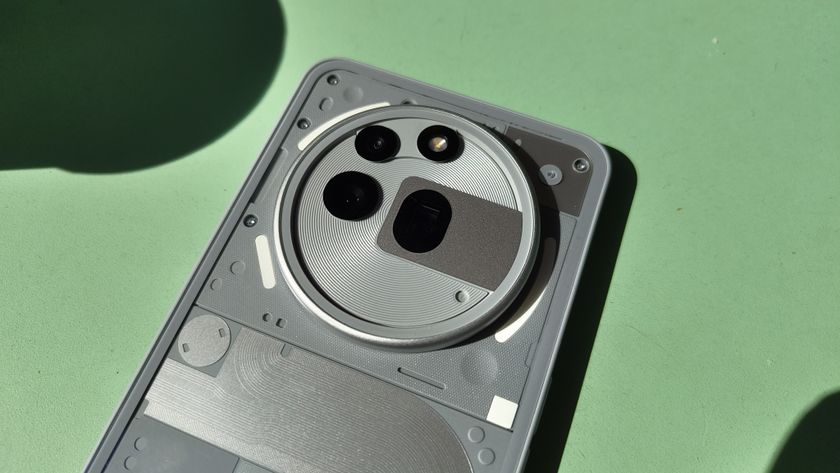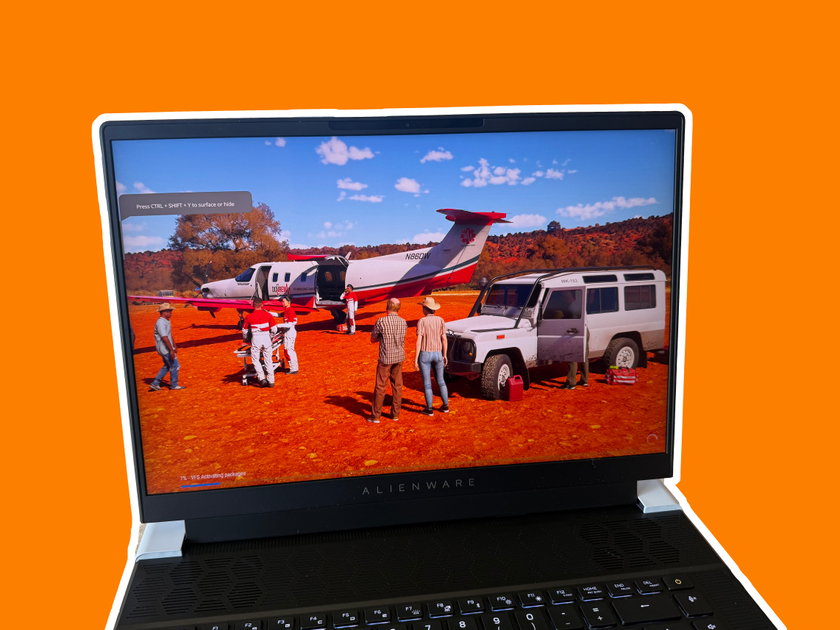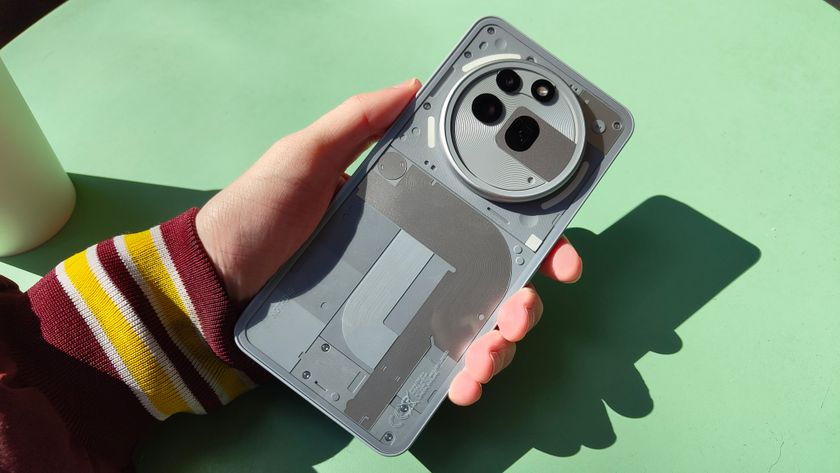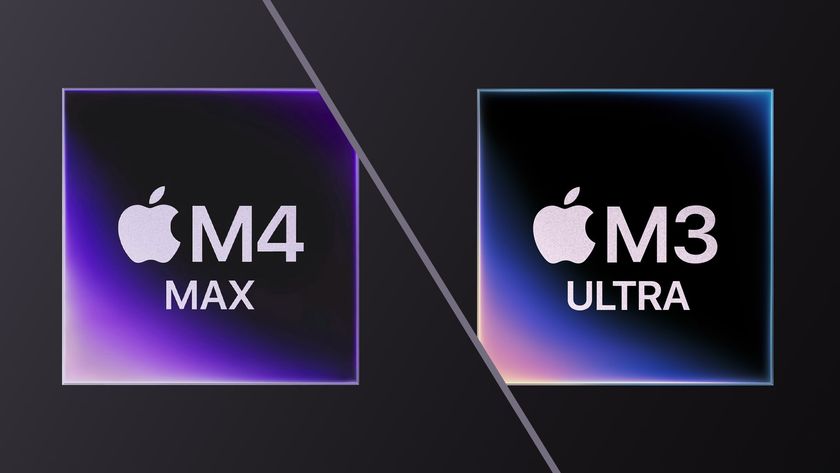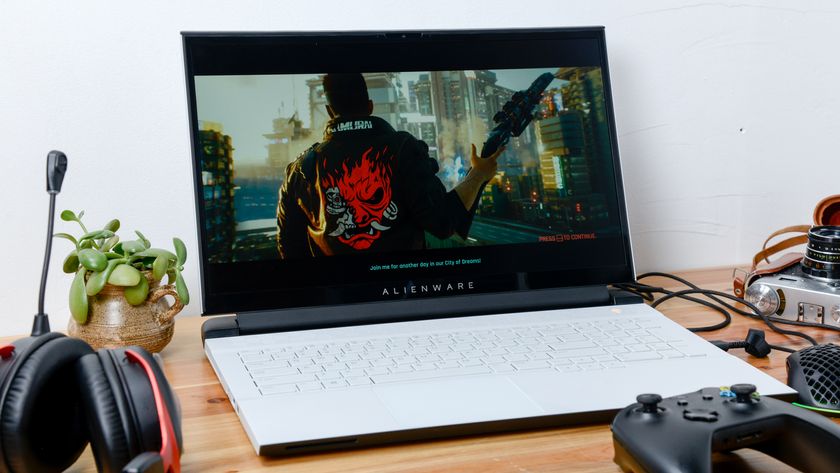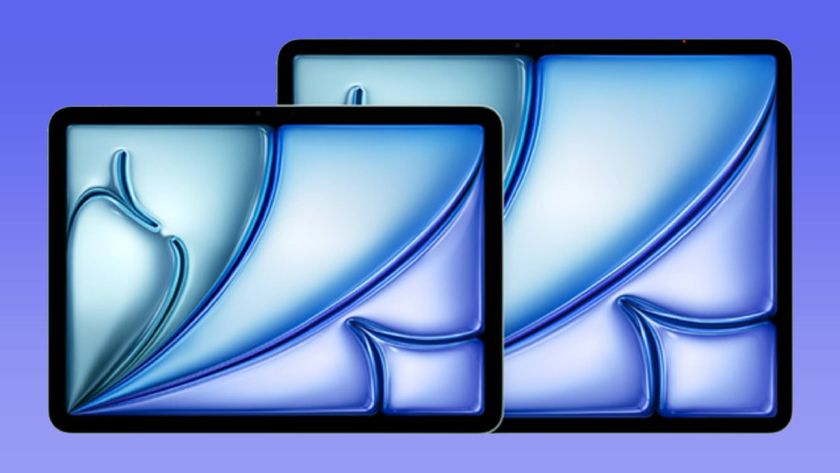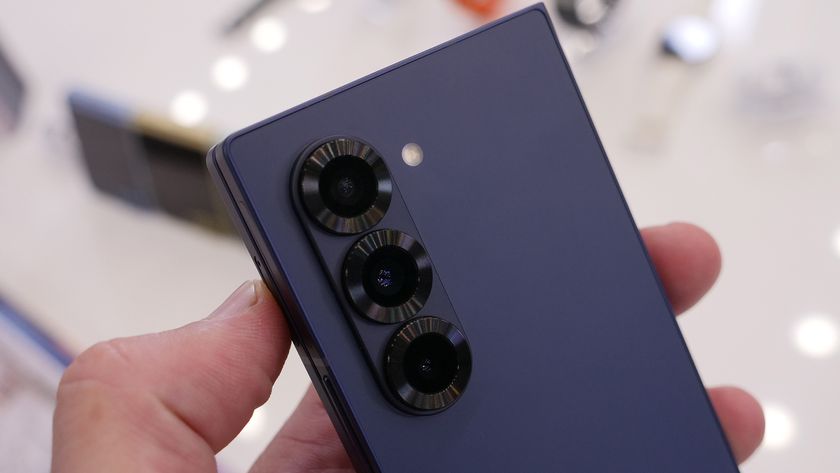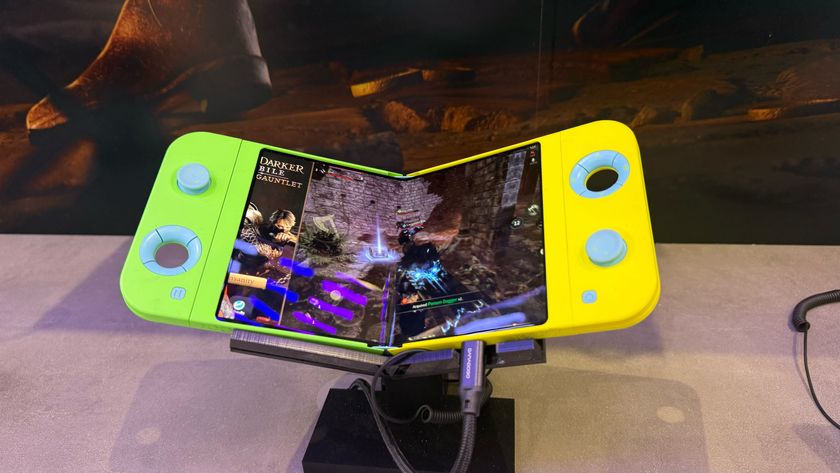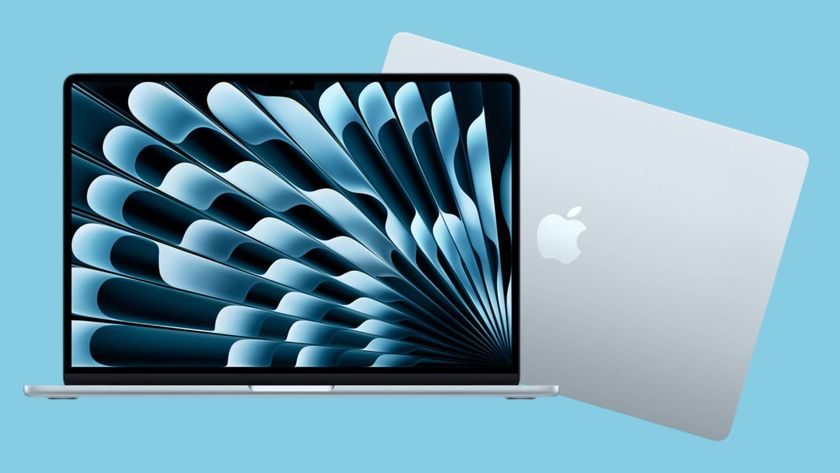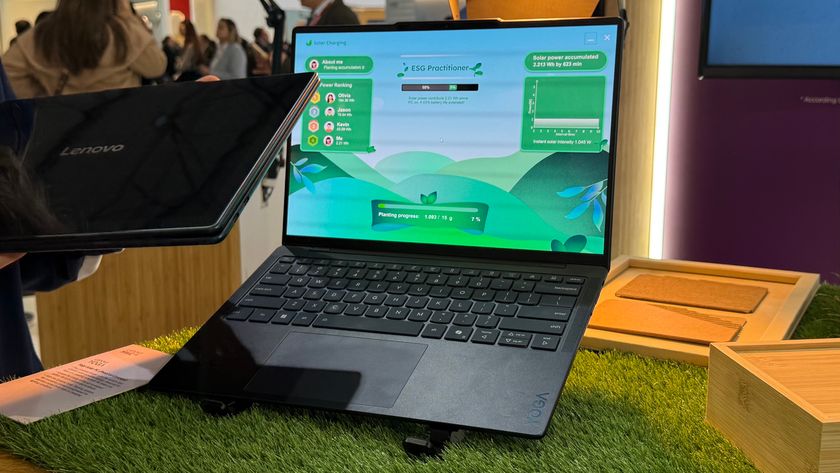5 Challenges for Google's Chrome OS
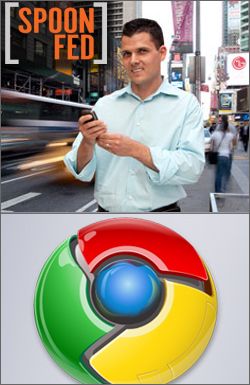
It’s not every day that a company attempts to reinvent computing, and yet that’s exactly what Google is trying to accomplish with its Chrome OS, which the search giant says will find a home in netbooks by the end of next year. The goal: instant-on devices that get you on the Web fast and are highly secure (without annoying pop-ups or lengthy updates). Google is even going so far as to specify the components for the mini-laptops its partners will be building to ensure the best user experience. But this ambitious initiative raises a lot of questions, and it remains to be seen whether consumers will feel comfortable living completely in the cloud (even on secondary machines). Here are five fundamental challenges that Chrome OS faces.
1. We Need Better Web Apps (and a Web App Store) Fast.
One thing is for sure: Google is counting on the Web to evolve quickly. The company is working with the developer community to forge a new breed of Web app (using HTML 5) that is more robust, so you’ll be able to do things like edit photos or videos without leaving the browser. And while you can do these things today, the offline capability of Chrome should allow users to get stuff done even when they’re not connected. And with support for graphics acceleration and multithreading, Google hopes that Chrome OS will tear down the walls between the Web and the desktop. The problem is that many of the biggest names in software have yet to put their full weight behind the cloud. And if developers are going to pour resources into beefier Web apps, there will need to be a premium section of Google’s App Center menu. Ad revenue alone won’t cut it.
2. Pricing Will Have to Be Aggressive
Today you can get a very good Windows netbook with a six-cell battery for $299; if you’re willing to sign up for a two-year data plan, you can buy one for just $199. Google wouldn’t provide pricing for “Chromebooks”—that will be left up to its partners—but it may be difficult to justify charging the same amount or more for a Chrome OS machine as one that runs Windows. The first time netbook makers tried the Linux route, it led to consumer frustration and high return rates because they simply didn’t want to adjust to the differences and limitations offered by a new OS. So it will be critical for Google and any company making or selling a Chrome OS device to spell out what these machines can and can’t do. I suspect that Chrome OS netbooks may have to sell for $199 to $249 (maybe without a carrier subsidy) in order for shoppers to even look at them.
3. The Chrome Browser May Steal the OS’ Thunder
During the Webcast, Google said that its browser would share many of the features that Chrome OS is bringing to the table, including the App Center, HTML 5 apps, Panels (persistent Windows that let you do things like chat and play videos), and Tabs (for organizing different browsing sessions). So the question for some people will be: “Why do I need to buy a netbook with Chrome OS when I can get most of that functionality from the browser itself?” This is where Google will need to play up the instant-on capability of its platform and unique features like the ability to log on to any Chrome OS system, enter a password, and have all your data and files at your fingertips. It’s worth noting, however, that BIOS makers are making inroads to speed up boot times on the Windows side of the house.
Stay in the know with Laptop Mag
Get our in-depth reviews, helpful tips, great deals, and the biggest news stories delivered to your inbox.
4. Drivers, Drivers, Drivers
During the demo of Chrome OS, Google plugged an Android phone into a netbook to show that you could access files on external devices. That’s nice, but what about the hundreds of other USB gadgets and peripherals that are out there? Google says that it is working on this issue and that it will have a unique approach to printers in particular, but this is one area where Windows has a huge head start. In the not-too-distant future, when most gadgets are connected to the cloud themselves, drivers will be irrelevant, but that won’t be the case a year from now when the OS launches. If Chrome OS netbooks have a USB port, consumers will expect to be able to plug all sorts of stuff into them and have it just work.
5. Consumers Don’t Fully Trust the Cloud
The offline capability of Chrome OS and presumably many of its applications may address some hesitation on the part of buyers in that they’ll be able to get work done even when Gmail goes down or if there’s a problem with their Internet connection. The bigger issue is whether the world is ready to have all of its digital stuff stored on Google’s or someone else’s servers. For instance, a lot of us upload photos to services like Flickr, but there are other images we like to keep on our desktop. And I’m assuming the same thing goes for documents, videos, and other files. Even if Chrome OS devices are purchased as secondary PCs, it will necessitate a change in the way people think about how much of themselves they want in the cloud. Anything you load on a Chrome netbook you’ll want to be able to easily access on a primary computer, so people will either dive right into this new paradigm or choose to sit by the side of the pool. In other words, Chrome will likely spark a new debate about privacy.
When you look at these challenges for Google, none of them are insurmountable, and it’s obvious that Chrome OS devices are not designed to appeal to everyone. Nevertheless, Google will need to work hard on all of the above issues over the next year if it hopes to make a sizable dent in the netbook market.
Editor-in-chief Mark Spoonauer directs LAPTOP's online and print editorial content and has been covering mobile and wireless technology for over a decade. Each week Mark's SpoonFed column provides his insights and analysis of the biggest mobile trends and news. You can also follow him on twitter.


Microsoft doesn't want to tell you how to uninstall Microsft Edge
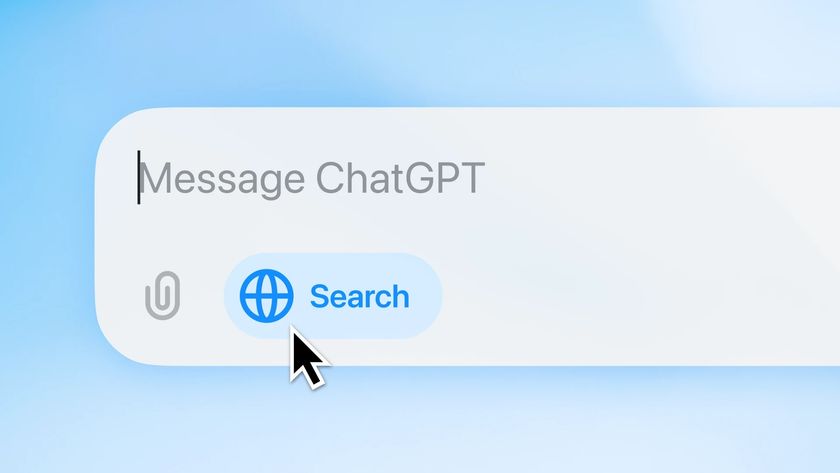
There are now 3 great reasons to switch from Google Search to ChatGPT Search
